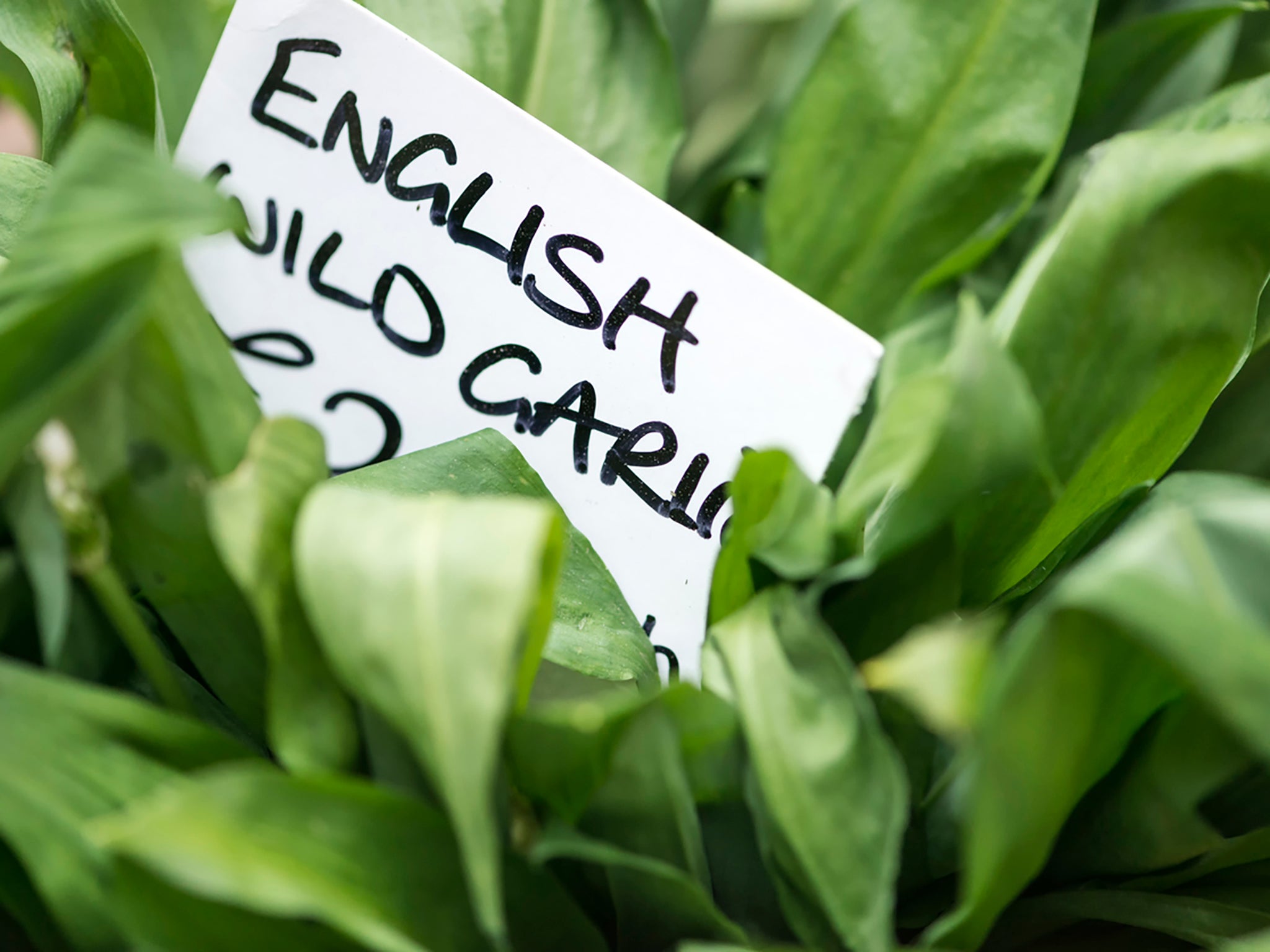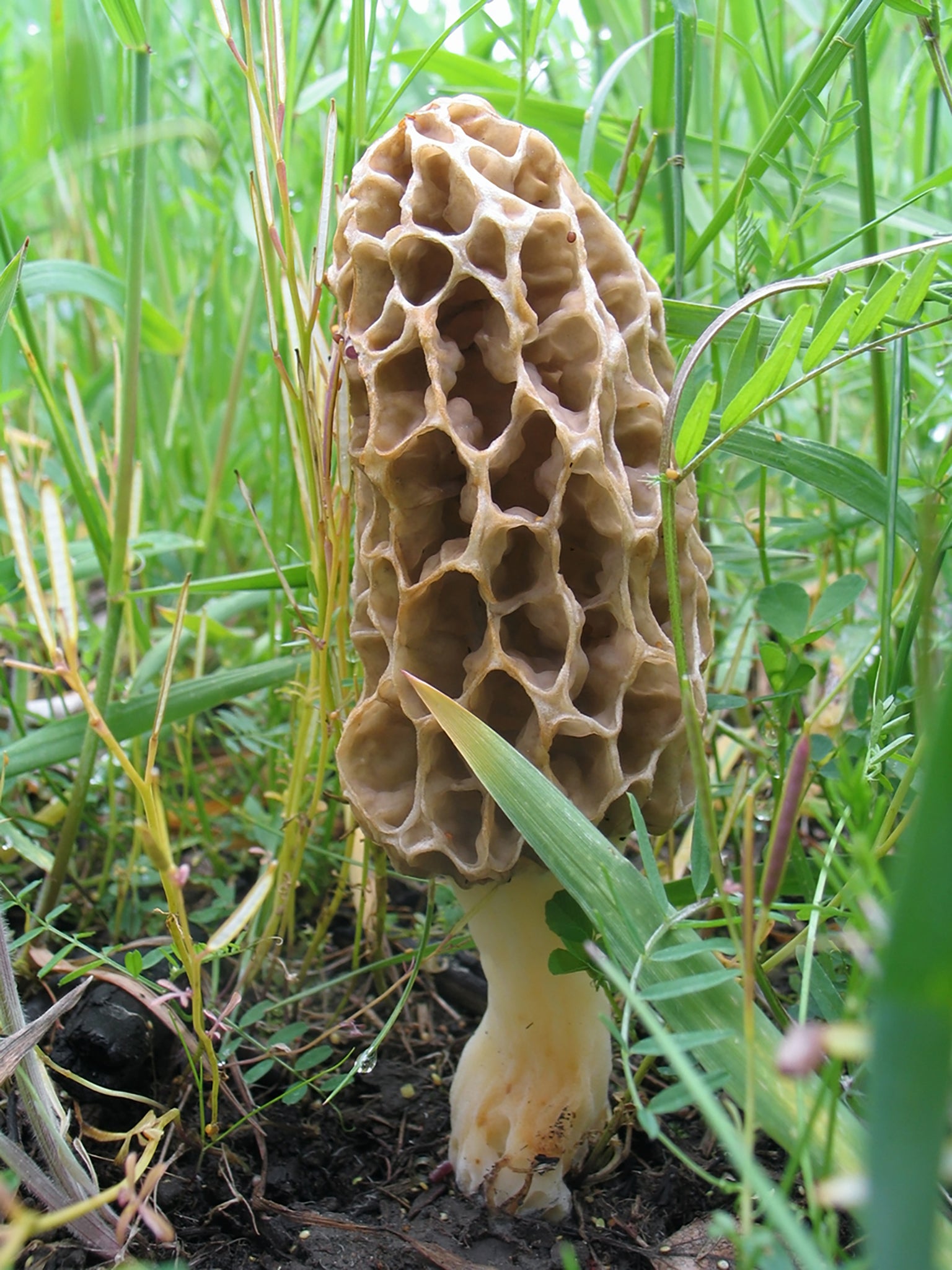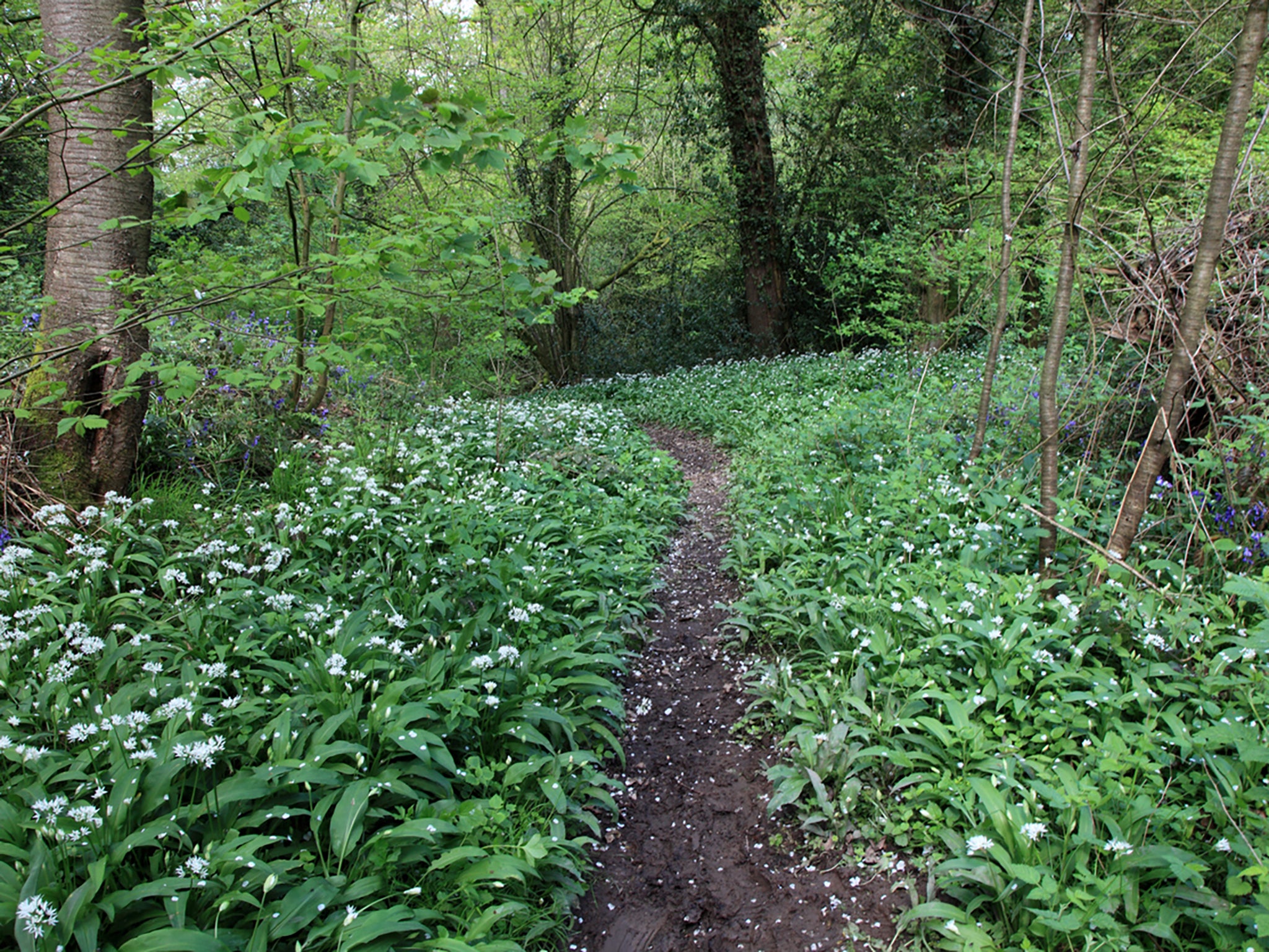Spring’s festival of foraged food doesn’t last for long – while it does, go wild
For most of human history, foraging wasn’t anything special. Now we have to rely on the increasingly arcane skills of people who won’t pick anything toxic or get arrested for trespassing. Like Borough Market’s Noel Fitzjohn. He chats to Mark Riddaway about what he’s picking now, the importance of location and why preservation is always front of mind

A couple of years ago, Borough Market published its first ever Food Policy. In this document, its trustees described in simple terms the principles that would define its food offering in the years to come.
Environmental sustainability was prominent among these. Variety was another – foods that are rare or unique, that reflect the changing seasons and support the survival of traditional skills. So too the quality of flavour that comes from ingredients grown in their native environment with minimal intervention.
It’s hard to think of many things more representative of these principles than the wild foods that have for years made up a small but important slice of the market’s vast offering: the game birds and venison, the wild mushrooms and truffles, the foraged vegetables and herbs.
Gathered by responsible hands, the natural bounty of untamed land isn’t a source of harm to the environment – it is the environment. It tastes unlike anything else and comes with a strong sense of the place it was found. And as for being rare, try finding any of this stuff in a supermarket.
For most of human history, foraging wasn’t anything special – wild food was just food. Now, beyond plucking the odd ripe blackberry from a bramble at the park, most of us in the UK are no more capable of gathering wild plants than we would be bringing down a mammoth.
If we want to eat something that grew without direct human intervention, we have to rely on the increasingly arcane skills of people who won’t accidentally pick something toxic or get arrested for trespass – people like Noel Fitzjohn of Borough’s Fitz Fine Foods, a professional forager and producer of beautiful handmade mustards, vinegars, pestos and terrines.
Right now, Noel is a very busy man. As spring kicks into gear, the wild vegetables and herbs at the market are having their moment in the spotlight. This is a period when wild mushrooms are plentiful: morels, St George’s, chicken of the woods, scarlet elf cups, fairy rings and a host of other fabulously named fungi.
There are stinging nettles and dandelions – common plants we might otherwise either ignore or stamp on, but in the right hands make a mean soup. There’s three-cornered leek, a wild allium with a pleasing bite, sitting somewhere on the spectrum between a spring onion and a chive.

Most prolifically of all, there’s wild garlic, which flourishes in the dappled shade created by trees not yet in leaf, carpeting the forest floor with its bright green leaves and filling the air with the unmistakable scent of a French kitchen.
Noel, who has over the years spent an inordinate amount of time on his haunches sorting through foliage, became a commercial forager almost by accident. Raised in rural Lincolnshire, he’s been gathering wild foods his whole life.
“Although to begin with, I didn’t even know I was foraging,” he says. “We didn’t think there was anything unusual or special about it.” After realising that the most popular products on his stall included those made with the small hauls of wild vegetables and herbs he’d gathered in his leisure time, foraging became a key part of his business.
For years, he foraged in Sussex, now he’s mainly operating in Kent, and he knows these famously verdant southern counties like the back of his hand. The most demanding part of his work is the back-bending graft of plucking plants from the ground for hours on end, but the most skilled element is finding those rich, untapped sources of wild food – a treasure hunt that requires a deep understanding of topography and climate.
“Location is everything,” says Noel. “If you want the best quality produce, you need to find a location with the ideal conditions for that specific plant. Plants can often gain a foothold in less-than-ideal places, but they won’t be at their best there – if you want the really good stuff you need to understand the environments in which they really flourish.”
One challenge in finding those environments is that the vast majority of British land is in private hands, with no inherent right to roam – and certainly no right to be making off with sacksful of food. There are, of course, public spaces where a keen-eyed amateur will be able to gather more than enough wild garlic or three-cornered leek to add pungency to an omelette, but they’re rarely ideal for commercial foragers: confined, busy and colonised by our four-legged friends.

“If you forage in areas favoured by dog walkers, it’s inevitable that your favourite patch will one day be used as a dog latrine,” says Noel. “Essentially, any public land where dogs are common is off limits to me.”
The commercial forager’s craft is, therefore, as much about gathering permissions as is about gathering plants. “From my perspective one thing is crystal clear: if you forage on private land for commercial purposes, you have to obtain the landowner’s permission. Tracking down the owner of a piece of land can be tricky, but it’s absolutely essential.”
Often, though, the relationship between forager and landowner proves mutually beneficial. Noel tells of fruitful visits to a private wood used for timber, where the wild garlic was so out of control that the owner was delighted for him to take away as much as he needed.
Location is everything. If you want the best quality produce, you need to find a location with the ideal conditions for that specific plant
However, there is a limit to how much he’ll take, even with a plant as seemingly relentless as wild garlic. “The idea is to never clear too large a patch,” he says. “If you do, other plants like dog’s mercury and cuckoo pint may colonise the area, crowding out everything else.” Noel tends to clear about two metres square then move on somewhere else, allowing the crop to quickly recover. “It’s all about preserving the resource.”
Preservation is also front of mind when it comes to dealing with the fruits of his labours. After carefully washing and inspecting his haul, Noel uses much of his three-cornered leek and wild garlic to flavour his handmade mustards and pestos, thereby extending the otherwise short life of the plants.
Bought fresh, they’ll need using quickly, but that’s hardly a hardship. The crunchy leeks are great in salads or stir fries, and wild garlic leaves (and, later in the season, their gently flavoursome flowers) can be cooked into a multitude of dishes that would benefit from a garlicky hit. Wild garlic can also be chopped up and beaten into butter before being frozen, perfect for melting into pasta or eggs long after the season has ended.
If all you want is for someone to cook them for you, what we lack in ancient wisdom here in central London we more than make up for by having really good restaurants. At Padella, Borough’s popular pasta restaurant, April sees the brief but doubtless much-photographed appearance of stinging nettle tagliolini. At Elliot’s, the highly seasonal menu currently abounds with foraged vegetables and will do for the next few weeks in increasingly inventive ways.
The market’s cheesemakers also make use of this short-lived bounty. Just across the way from Noel’s stand, Jumi Cheese sells a Wild Garlic La Bouse, a soft, smooth cow’s milk cheese bisected by a seam of gently garlicky cream, available for just a few weeks of the year. At Neal’s Yard Dairy, you’ll find Cornish Yarg (a cheese whose name is almost impossible to say aloud without accidentally adopting a bad Cornish accent), which comes wrapped in nettles foraged from local hedgerows.
None of this will last. Three-cornered leek is around for just a few weeks. Most of the wild garlic will be gone by the end of May. Morels are a fleeting presence, as are many of the other wild mushrooms. Spring’s festival of foraged food doesn’t last for long. While it does, go wild.
Mark Riddaway is the author of ‘Borough Market: Edible Histories’
Join our commenting forum
Join thought-provoking conversations, follow other Independent readers and see their replies
Comments
Bookmark popover
Removed from bookmarks